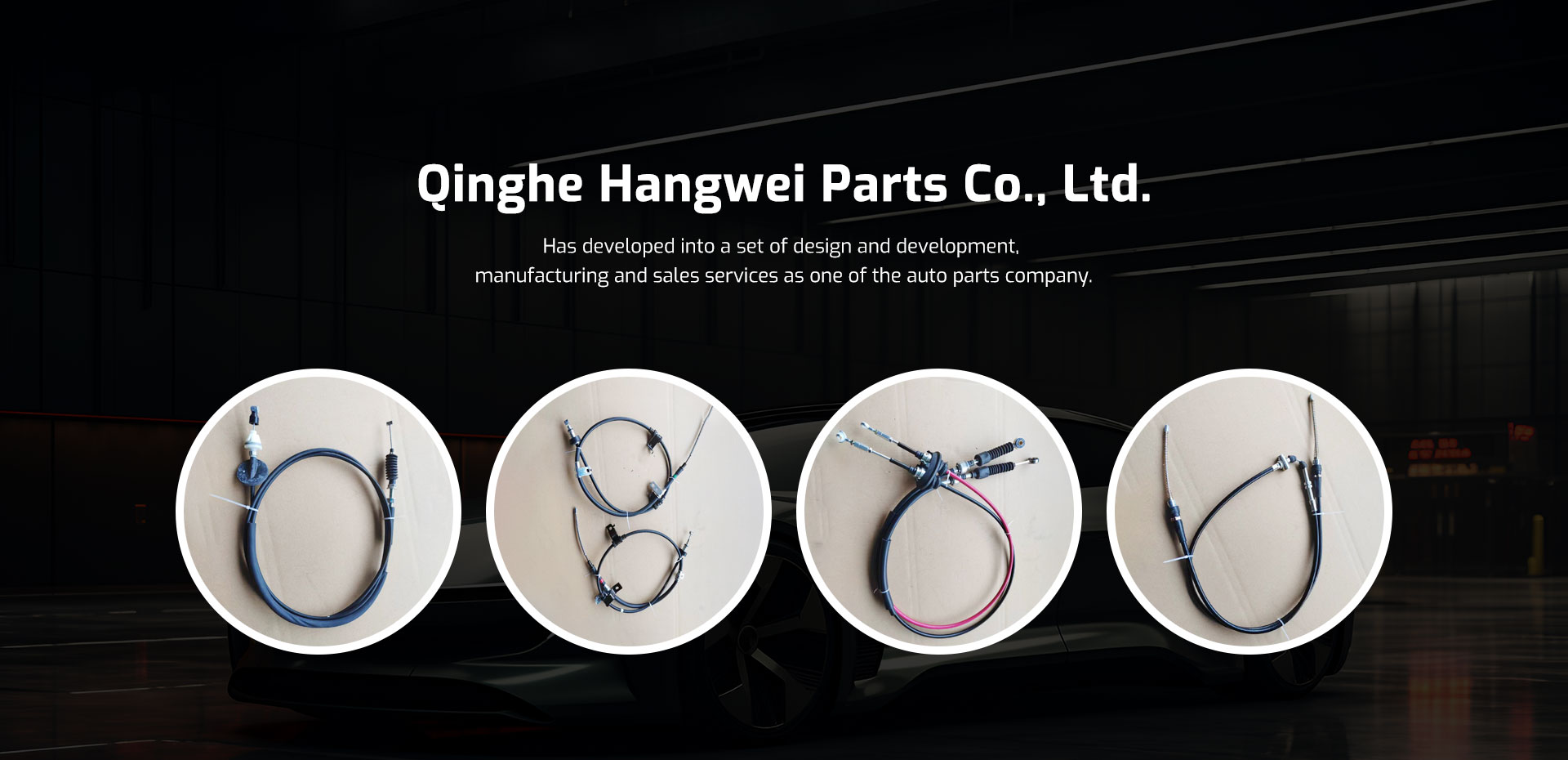throttle cable wire
Understanding Throttle Cable Wire Key to Engine Performance
The throttle cable wire plays a crucial role in the operation of internal combustion engines, especially in vehicles. As a vital component of the throttle system, it is responsible for connecting the accelerator pedal to the throttle body, influencing how much air and fuel enter the engine. Understanding the throttle cable wire’s functionalities, types, and maintenance can significantly enhance vehicle performance and responsiveness.
The Function of a Throttle Cable
When a driver presses the accelerator pedal, the throttle cable wire transmits this action to the throttle body, which controls the engine’s air intake. An adequate air-fuel mixture is essential for optimal combustion, and the throttle cable ensures that this mixture is adjusted based on the driver's intent. This direct linkage translates into acceleration, making the throttle cable a crucial component in determining how effectively a vehicle responds to driver inputs.
Types of Throttle Cables
There are generally two main types of throttle cables mechanical and electronic. Mechanical throttle cables use a physical cable to connect the accelerator pedal to the throttle body, offering direct control and a traditional driving feel. However, as technology has evolved, many modern vehicles now utilize electronic throttle control (ETC) systems, which rely on sensors and electronic signals to manage the throttle position. This transition has allowed for more precise control, improved fuel efficiency, and reduced emissions.
Maintenance and Common Issues
throttle cable wire

Regular maintenance of the throttle cable wire is essential to prevent issues that might affect performance. Common problems include fraying, binding, or outer casing wear, which can lead to inconsistent throttle response or even complete failure. Drivers may experience sticking or erratic acceleration if the cable is damaged. To ensure longevity, it’s crucial to inspect the throttle cable wire periodically and replace it if any signs of wear are observed.
Lubrication is another important maintenance aspect for mechanical throttle cables. Applying lubricant can reduce friction and ensure smooth operation. However, it’s vital to use the correct type of lubricant and apply it sparingly to avoid attracting dirt and debris.
Upgrading to High-Performance Cable
For automotive enthusiasts seeking enhanced performance, upgrading to a high-performance throttle cable wire can be beneficial. These cables are often constructed with advanced materials that resist wear and improve response times. High-performance throttle cables can result in better throttle response, allowing for quicker acceleration and a more engaging driving experience.
Conclusion
In conclusion, the throttle cable wire is a small but vital component that impacts vehicle performance significantly. Understanding its function, recognizing potential issues, and maintaining it properly can ensure a smooth and responsive driving experience. Whether using a traditional mechanical throttle or embracing modern electronic systems, the throttle cable wire remains an essential element of automotive design that connects the driver’s intent with the engine’s performance. Regular checks and appropriate upgrades can keep your vehicle performing at its best.
-
Workings of Clutch Pipe and Hose SystemsNewsJun.04,2025
-
The Inner Workings of Hand Brake Cable SystemsNewsJun.04,2025
-
The Secrets of Throttle and Accelerator CablesNewsJun.04,2025
-
The Hidden Lifeline of Your Transmission Gear Shift CablesNewsJun.04,2025
-
Demystifying Gear Cables and Shift LinkagesNewsJun.04,2025
-
Decoding Clutch Line Systems A Comprehensive GuideNewsJun.04,2025
